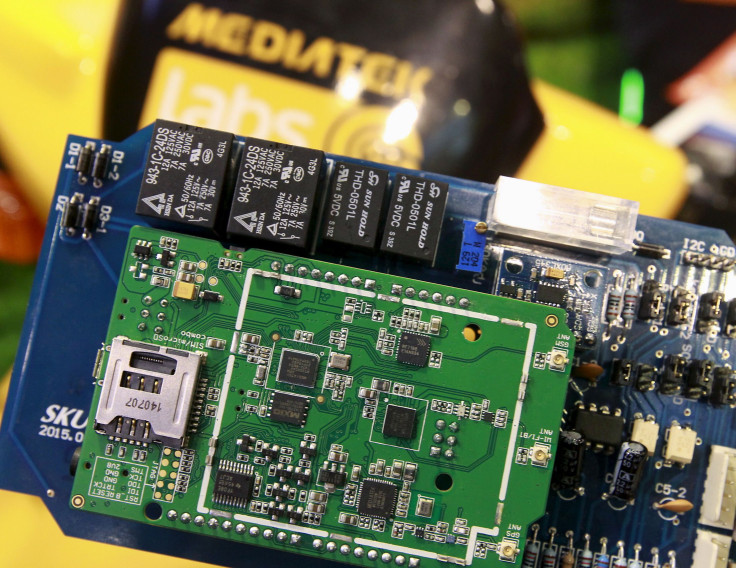Microchip Concept That Mimics Brain Cells Could Change The Future Of Computers

The human brain is often used as model for computers, in terms of its functioning. While computing has been advancing at a rapid pace for the past few decades, it is still nowhere near the capabilities of the human brain, but a new microchip design could change that.
A group of researchers from the United Kingdom and Germany have the model for a new microchip which will mimic the functionality of a nerve’s synapse in the brain and combine that with the speed of modern processors using light waves to generate optical pulses.
“Via a network of neurons and synapses the brain can process and store vast amounts of information simultaneously, using only a few tens of watts of power. Conventional computers can't come close to this sort of performance,” Harish Bhaskaran, senior researcher from the University of Oxford and the corresponding author on the paper, said in a statement Wednesday. He also called it the holy grail of computing.
The researchers published their findings in a paper titled ‘On-chip Photonic Synapse’ in the journal Science Advances, and it appears online on its website.
Both the human brain and computers have something in common — they can model, manipulate and store information. While brain neurons use chemical tides to distribute impulses across multiple channels called synapses, processors combine electrical impulses with switches and system-generated commands to perform functions. But when it comes power consumption, the human brain uses around 10 milliwatts of power to execute most of its functions, while processors need substantially more power to execute complex tasks. On the other hand, the speed of electrons travelling through logic gates on a chipset is much faster than the speed of electrolytes and neurotransmitters that travel through our brain.
Unlike a smartphone or any other device which uses chipsets and memory, the brain does not need a central processing unit (CPU) or hard drive. It functions by opening and closing nerve membranes and sending waves of charged ions, which are then mediated by chemical processes occurring at the tips of nerve branches. These waves cause changes in nerve tips letting our brain function — this process is called synaptic plasticity and lets us learn and process information.
The researchers have developed a process called neuromorphic computing that can theoretically replicate synaptic plasticity and let processors do what a synapse can do, using phase-charge material — which can melt and solidify at a certain temperature and capable of storing and releasing large amounts of energy. When light waves are channelled through the material, it creates optical pulses in it, which in turn mimics synapse plasticity of the human brain.
The researchers claimed their model can endow microchips with built-in learning capabilities and processing capabilities of the human brain, and could lead to the melding of the brain and machines. The processors would be capable of creating a hardware synapse, which will make the existing processors capable of working more efficiently. It might actually make processors less dependent on memory and power.
Simply varying optical pulses would make the microchips work continuously without any interruptions and replicate — or at least create a processing model — that comes close to the human brain in its functioning.
© Copyright IBTimes 2025. All rights reserved.



















